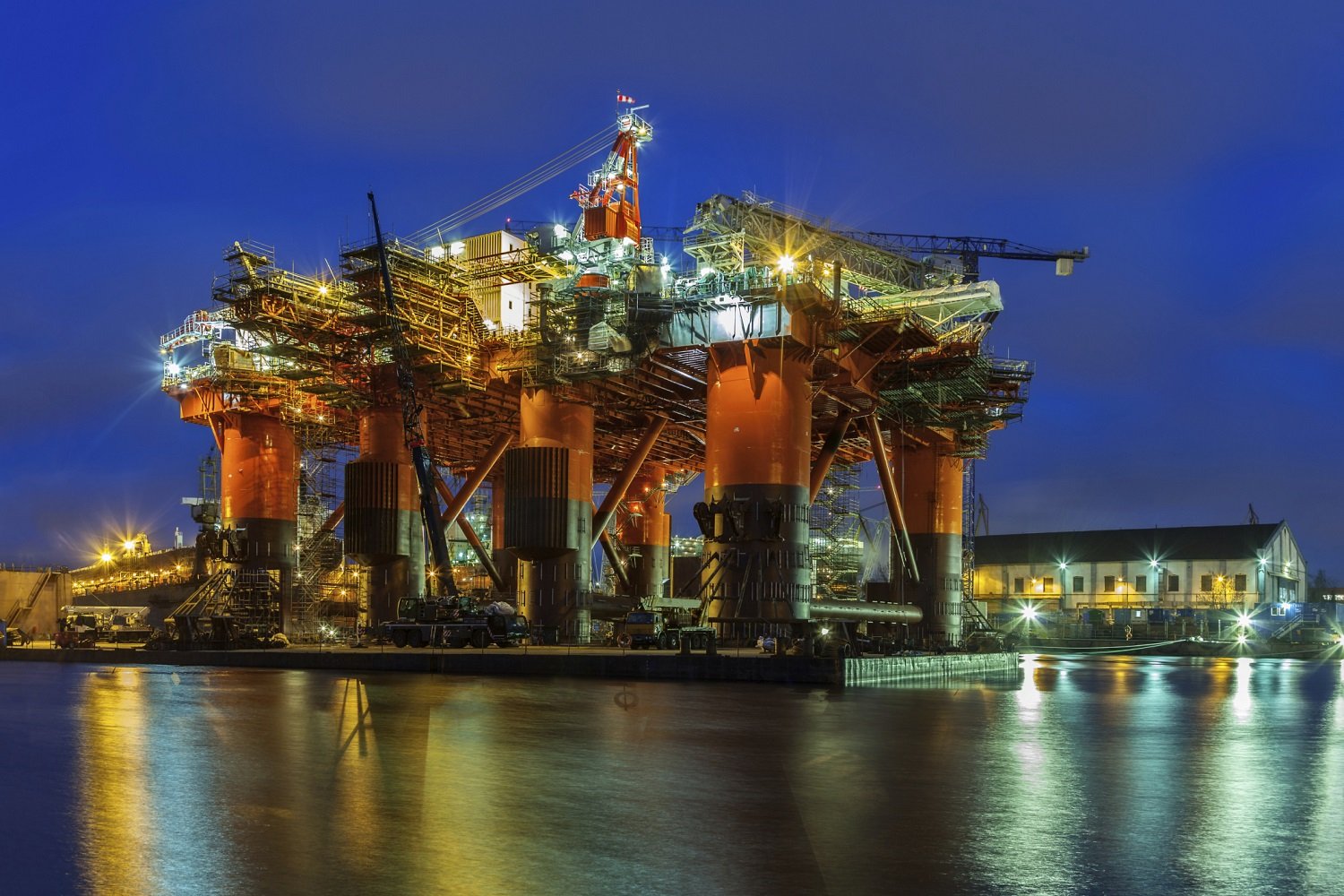Shares of several companies operating in the offshore-drilling space have been slaughtered over the past several months due to fears of an industrywide slowdown. However, there are some instances where the baby has been thrown out with the bathwater, so to speak; Mr. Market has beaten down stocks that will not be particularly affected by any industry slowdown. This could present an opportunity for savvy investors to buy in and earn outsized profits once the industry slump ends.
Some of these companies even pay dividends that are well in excess of the S&P 500 index, so they will pay you to wait. This article will focus on a stock that has long been a favorite of investors in the industry, but that has been beaten down unfairly in recent months: Seadrill (SDRL +0.00%).
In order to identify the opportunity here, you must understand what has caused this much-hyped downturn. You should also know a little bit about how the offshore drilling industry works.
The reason for the slowdown
For the past few years, exploration and production (E&P) companies have been spending large sums of cash to develop fields and discover oil in almost any place that they held a license for. These areas include the various North American and international shale plays, offshore shallow and deepwater plays, and the Arctic. Unfortunately, many of these production areas have been suffering from very high depletion rates, and E&P companies have been forced to increase their capital expenditures in order to maintain their current production levels.
This, combined with the relatively large amounts of cash that the largest E&P companies are returning to their shareholders, has strained the budgets of these companies. So they have been holding off on spending money to contract rigs while their managements work to correct these problems.
How the offshore drilling industry works
An offshore drilling company contracts out each of the rigs in its fleet to an exploration and production company for an extended period of time. In the case of rigs that are capable of operating in an ultra-deepwater environment, this extended period of time is typically for at least a few years. During the time that the rig is contracted out, the E&P company is required to pay a contractually agreed upon rate regardless of what is going on in the marketplace for these rigs.
For this reason, those companies that have all or a large portion of their fleets under contract are unlikely to have their revenues and cash flows affected by the weakness in the industry; these companies should manage to ride through the downturn until E&P companies are willing to spend again.
Seadrill's stock has been beaten down
One company that is in this position is Seadrill. The stock has been a favorite of investors in the sector for quite some time due to its high growth and high dividend yield. Much to the dismay of these investors, though, Seadrill's stock has been one of the hardest hit by the sell-off, as the stock fell from a high of $48.09 last year to today's price under $35.
Revenue is unlikely to be affected by a downturn
However, Seadrill has 96% of the total time available to its ultra-deepwater fleet in 2014 secured by contracts. Thus, the company has very little need to find contracts for these rigs this year, a plus given the weak contracting environment for these rigs; and it is guaranteed to receive nearly all of the revenue that it would have received even if there was no downturn.
Seadrill's biggest problem in this area at the start of the year was with its shallow-water fleet. The company had a large percentage of its jack-up rigs coming off contract in 2014, and it did not have replacement contracts for these rigs to start on once current contracts expired. However, Seadrill has largely solved that problem now. A slew of recent contract announcements has increased its contract coverage to 92% for this year. This means that 92% of the company's total shallow-water capacity is secured by contracts.
Allowing for accurate cash flow predictions
Nearly all of the revenue that Seadrill will generate this year is locked in. This allows the company's management to fairly accurately predict revenue and cash flow. This should enable the company to maintain its high dividend. The stock yields over 11% at the time of writing.





